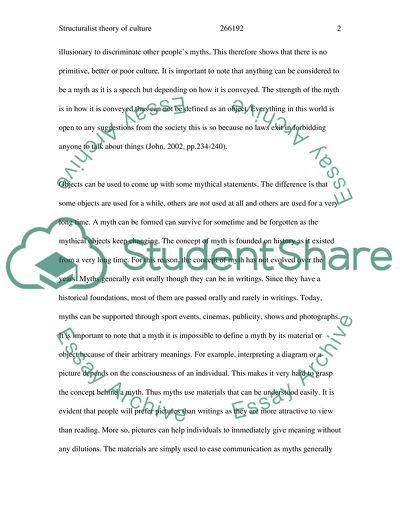Cite this document
(To What Extent Could a Structuralist Theory of Culture Be Conceived of Coursework, n.d.)
To What Extent Could a Structuralist Theory of Culture Be Conceived of Coursework. https://studentshare.org/philosophy/1719591-critical-theory-to-what-extent-could-a-structuralist-theory-of-culture-be-conceived-of-as-a-science
To What Extent Could a Structuralist Theory of Culture Be Conceived of Coursework. https://studentshare.org/philosophy/1719591-critical-theory-to-what-extent-could-a-structuralist-theory-of-culture-be-conceived-of-as-a-science
(To What Extent Could a Structuralist Theory of Culture Be Conceived of Coursework)
To What Extent Could a Structuralist Theory of Culture Be Conceived of Coursework. https://studentshare.org/philosophy/1719591-critical-theory-to-what-extent-could-a-structuralist-theory-of-culture-be-conceived-of-as-a-science.
To What Extent Could a Structuralist Theory of Culture Be Conceived of Coursework. https://studentshare.org/philosophy/1719591-critical-theory-to-what-extent-could-a-structuralist-theory-of-culture-be-conceived-of-as-a-science.
“To What Extent Could a Structuralist Theory of Culture Be Conceived of Coursework”. https://studentshare.org/philosophy/1719591-critical-theory-to-what-extent-could-a-structuralist-theory-of-culture-be-conceived-of-as-a-science.


